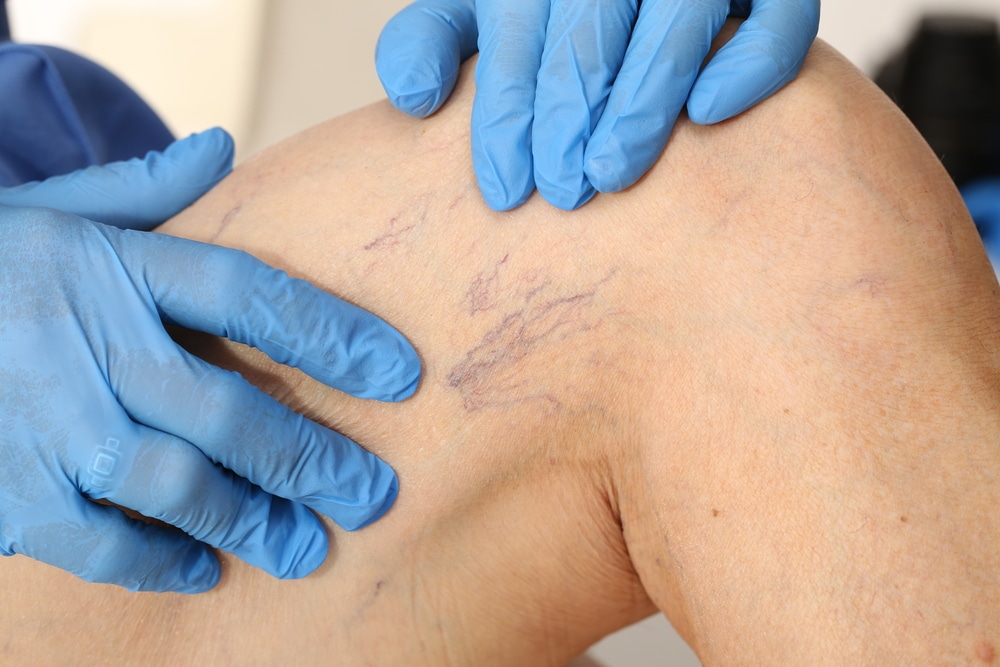The appearance of small, web-like veins on the skin is a common experience, particularly as individuals get older. These formations, known as spider veins, can be a source of cosmetic concern for many. While they are often harmless, understanding their relationship with the aging process helps manage vein health. Exploring the factors that contribute to their development can provide clarity on why they appear and what can be done.
Understand Spider Veins
Spider veins are small, damaged blood vessels visible through the surface of the skin. They typically appear as red, blue, or purple lines that branch out in a pattern resembling a spider’s web or tree branches. These veins most often develop on the legs and face and are caused by a backup of blood in certain veins. Several factors contribute to their formation, including genetics, hormonal shifts, and prolonged periods of standing or sitting.
Explore Aging Effects
The natural aging process can influence the development and visibility of spider veins. As the body ages, physiological changes can weaken the vascular system and alter the skin’s structure. These alterations collectively make them more prominent and noticeable.
Reduced Circulation
With age, the valves within your veins, which help blood flow towards the heart, can weaken. This weakening can lead to inefficient blood flow, causing blood to pool in the veins. This pressure builds up and can cause the small blood vessels near the skin’s surface to dilate and become visible.
Skin Changes
Aging also affects the skin’s integrity. Over time, the skin naturally loses collagen and elastin, which are proteins responsible for its thickness and elasticity. As the skin thins and becomes less supple, the underlying blood vessels become more visible.
Identify Key Symptoms
Spider veins can sometimes be associated with mild physical symptoms. These symptoms may vary from person to person but often point to underlying circulatory issues. Common indicators include:
- Aching or cramping in the legs
- A feeling of throbbing, burning, or tingling
- A sense of heaviness or fatigue in the legs, especially after long periods of standing
Find Effective Treatments
Several approaches can be used to address spider veins, ranging from professional medical procedures to lifestyle adjustments. Sclerotherapy is a common medical treatment where a solution is injected into the veins, causing them to collapse and fade over time. Laser therapy is another option that uses light energy to destroy the veins without needles or incisions.
At home, wearing compression stockings can help improve circulation. Regular exercise and maintaining a healthy weight may also reduce the likelihood of developing new venous irregularities. These lifestyle changes can be effective in managing and preventing their progression over time.
Protect Your Vein Health
Maintaining healthy veins involves a proactive approach to your overall wellness. Regular physical activity, such as walking or swimming, promotes strong circulation and can help manage your weight, reducing pressure on your leg veins. Elevating your legs when resting can also assist with blood flow. If you have concerns about spider veins or are experiencing discomfort, consulting with a healthcare professional can help you.

